Hiya shabu is a light and refreshing Japanese dish that’s perfect for hot weather. Made with thinly sliced meat that’s quickly boiled and served cold, it’s a cooler twist on the traditional shabu-shabu. With its simple preparation and clean flavors, hiya shabu has become a popular choice during Japan’s humid summers. If you’re curious about how locals made it, how to enjoy it, and why locals loved it in Japan, keep reading to learn more!
What is Hiya shabu (冷しゃぶ)?
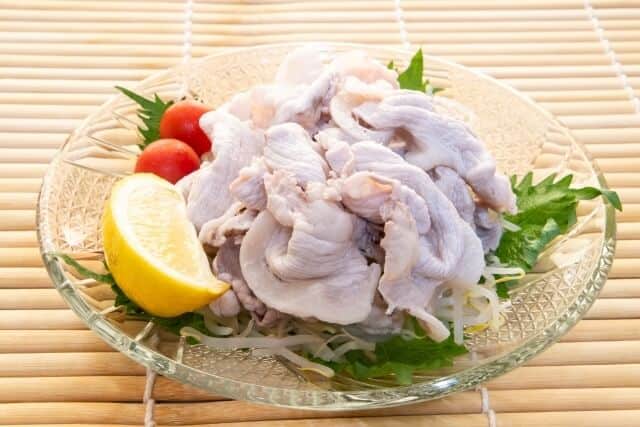
Hiya Shabu (冷しゃぶ) is a popular Japanese dish especially enjoyed during the hot summer months. The name translates to “cold shabu-shabu,” and it features thin slices of pork or beef briefly cooked in boiling water, then quickly cooled in ice water to lock in their tenderness and keep the dish refreshing. Unlike traditional shabu-shabu, which they served hot at the table with a simmering pot of broth, locals served Hiya Shabu cold, making it a light and cooling meal ideal for warmer weather.
Typically accompanied by fresh vegetables such as shredded lettuce, sliced cucumber, tomato, or grated daikon, and often paired with dipping sauces like ponzu, a tangy citrus-based soy sauce, or creamy sesame sauce. Locals appreciated this dish not only for its clean and simple flavors, but also for being easy to prepare and digest, offering a healthy yet satisfying option during Japan’s humid summer season.
The Origins of Shabu-Shabu
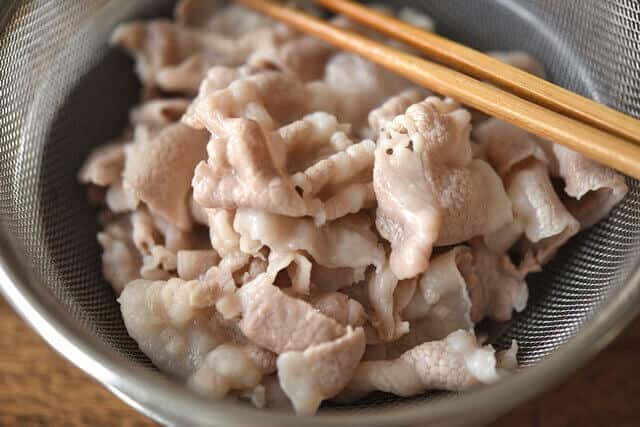
Shabu-shabu have its roots in Beijing’s hot pot cuisine. The original concept involved cooking thinly sliced lamb in a boiling broth, a style that eventually made its way to Japan. As the dish adapted to suit Japanese preferences, the type of meat shifted—beef became more common—and they also modified the dipping sauces to appeal to local tastes. The modern version of shabu-shabu created in 1952 by a restaurant in Osaka called “Suehiro.” During a slow summer season for grilled meat, the restaurant introduced a dish called “beef mizutaki” (a water-boiled hot pot). To make it more distinctive, they rename it “shabu-shabu,” inspired by the swishing sound the meat makes as stirred in the hot broth.
How to make Hiya shabu?
To prepare pork for shabu-shabu, add 1 teaspoon of salt to 1 liter of water and bring it to a boil. Once boiling, add 2 tablespoons of sake just before cooking to remove any unwanted odor and enhance flavor. If the pork slices are folded, be sure to spread them out first. Boil 6–7 slices at a time, swishing gently with chopsticks until the meat changes color. Then, remove and drain in a colander. Repeat with the remaining pork. If boiling a large amount, adjust the water, salt, and sake accordingly.
To avoid the pork becoming watery, the best way is to drain it thoroughly in a colander and let it cool naturally or with a fan. Alternatively, you can chill it in the refrigerator for 10–30 minutes, but avoid leaving it too long to prevent the fat from hardening.
If you need to cool the pork quickly or want it thoroughly chilled, place it in salted ice water (1/3 tsp salt to 500 ml water) to retain flavor. After cooling, pat the pork dry with kitchen paper before serving or storing.
Takeaway
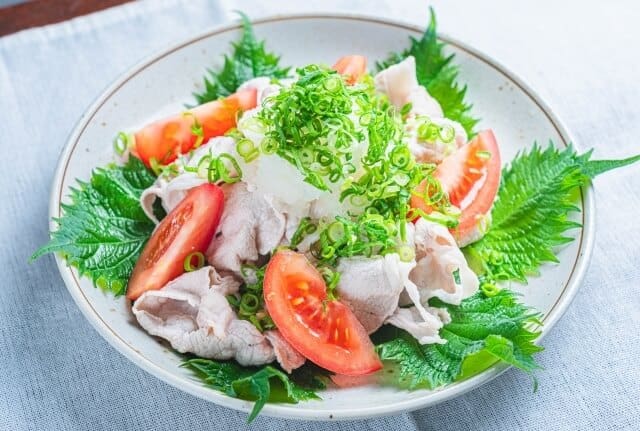
Hiya shabu is more than just a summer dish—it’s a refreshing way to enjoy the delicate flavors of quality meat in a simple, satisfying style. Whether you try it at a restaurant or pick up ingredients to make it yourself, tasting hiya shabu in Japan is a delicious experience you won’t want to miss. If you get the chance, be sure to give it a try and discover why it’s a seasonal favorite among locals!
If you enjoyed learning about hiya shabu, you might also want to try other refreshing Japanese dishes like somen noodles, chilled tofu (hiyayakko), or cold soba—perfect for staying cool and satisfied during the warmer months in Japan.

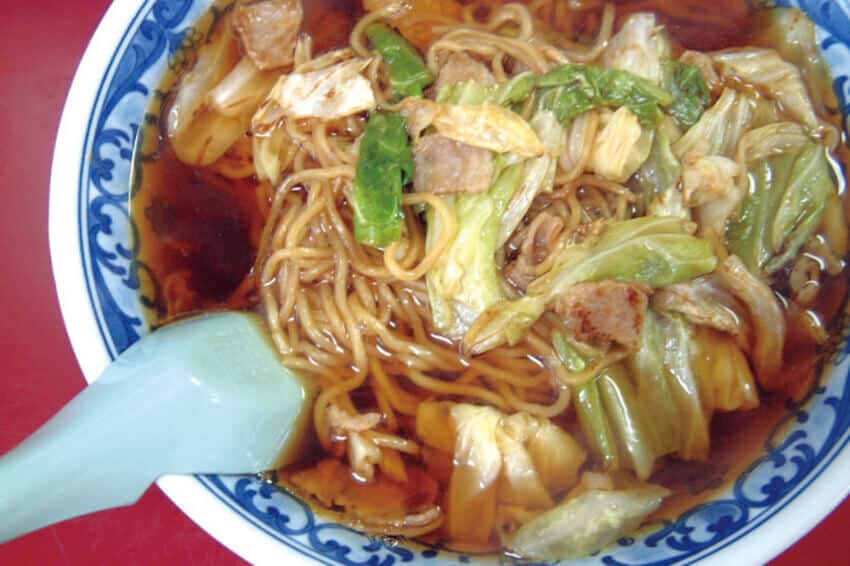
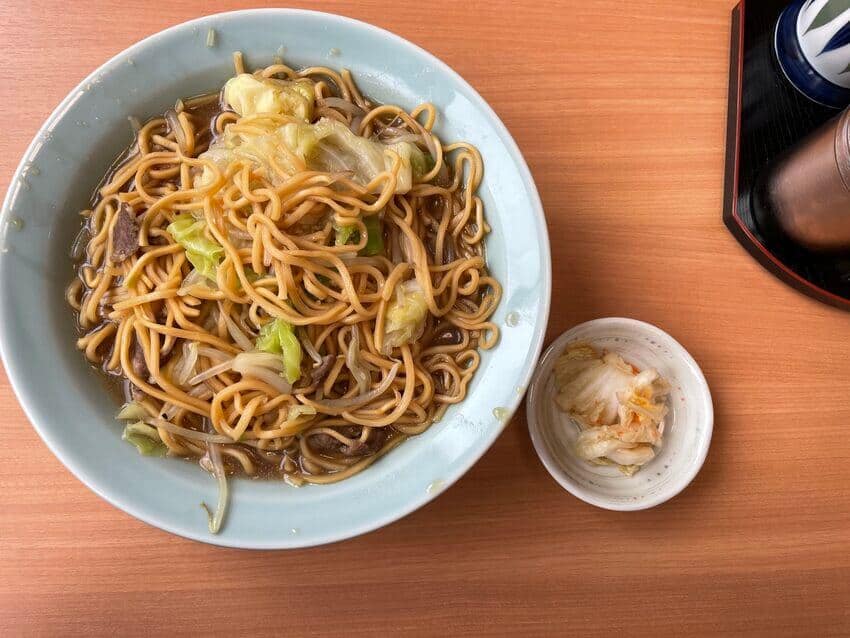
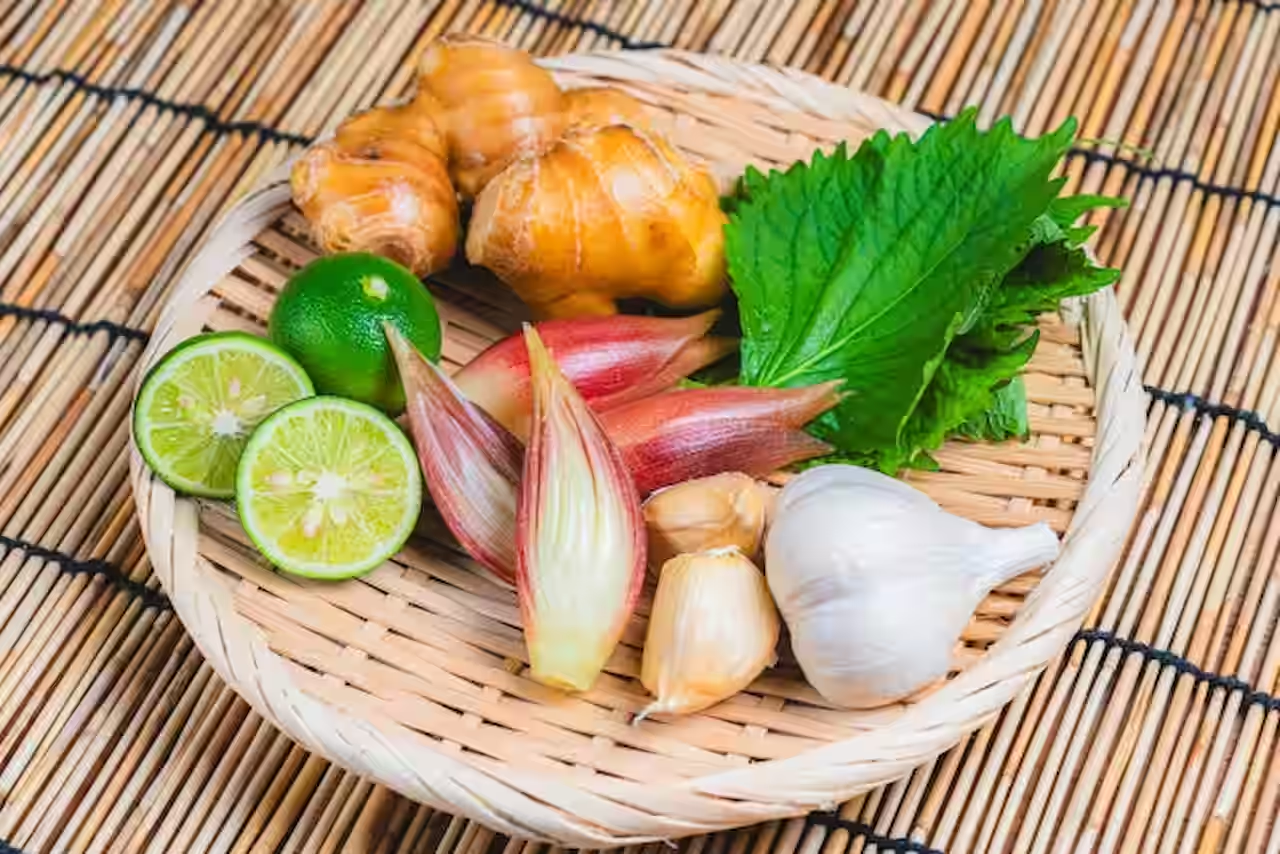
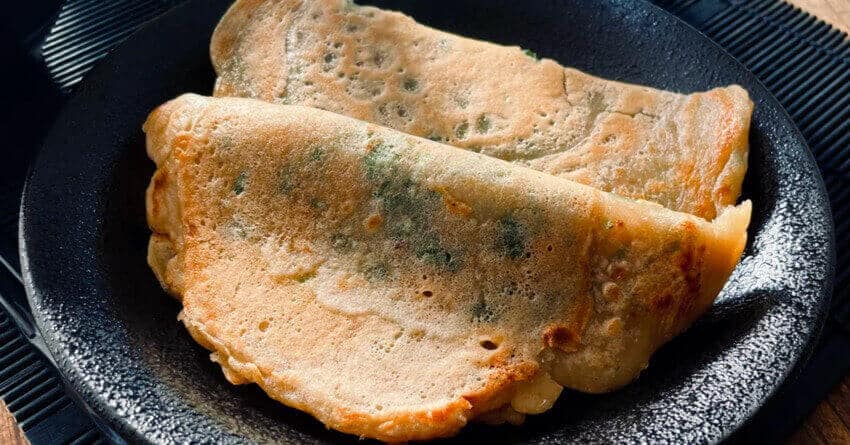

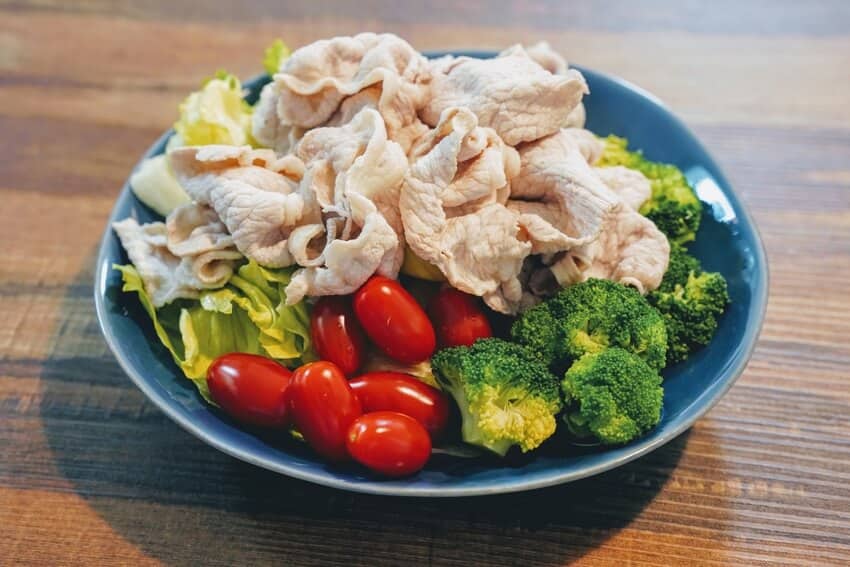

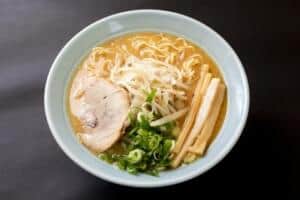

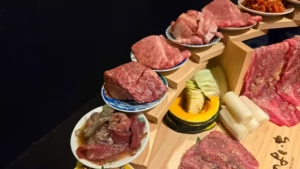
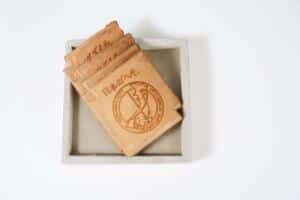
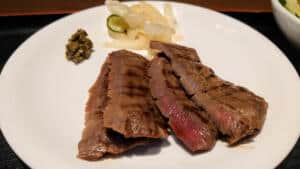
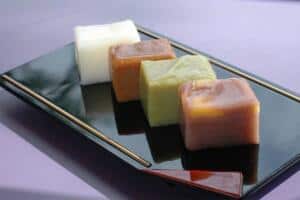
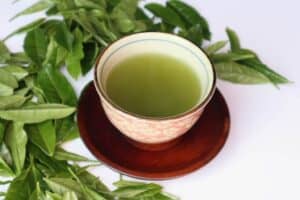
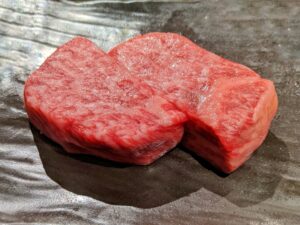
Comments